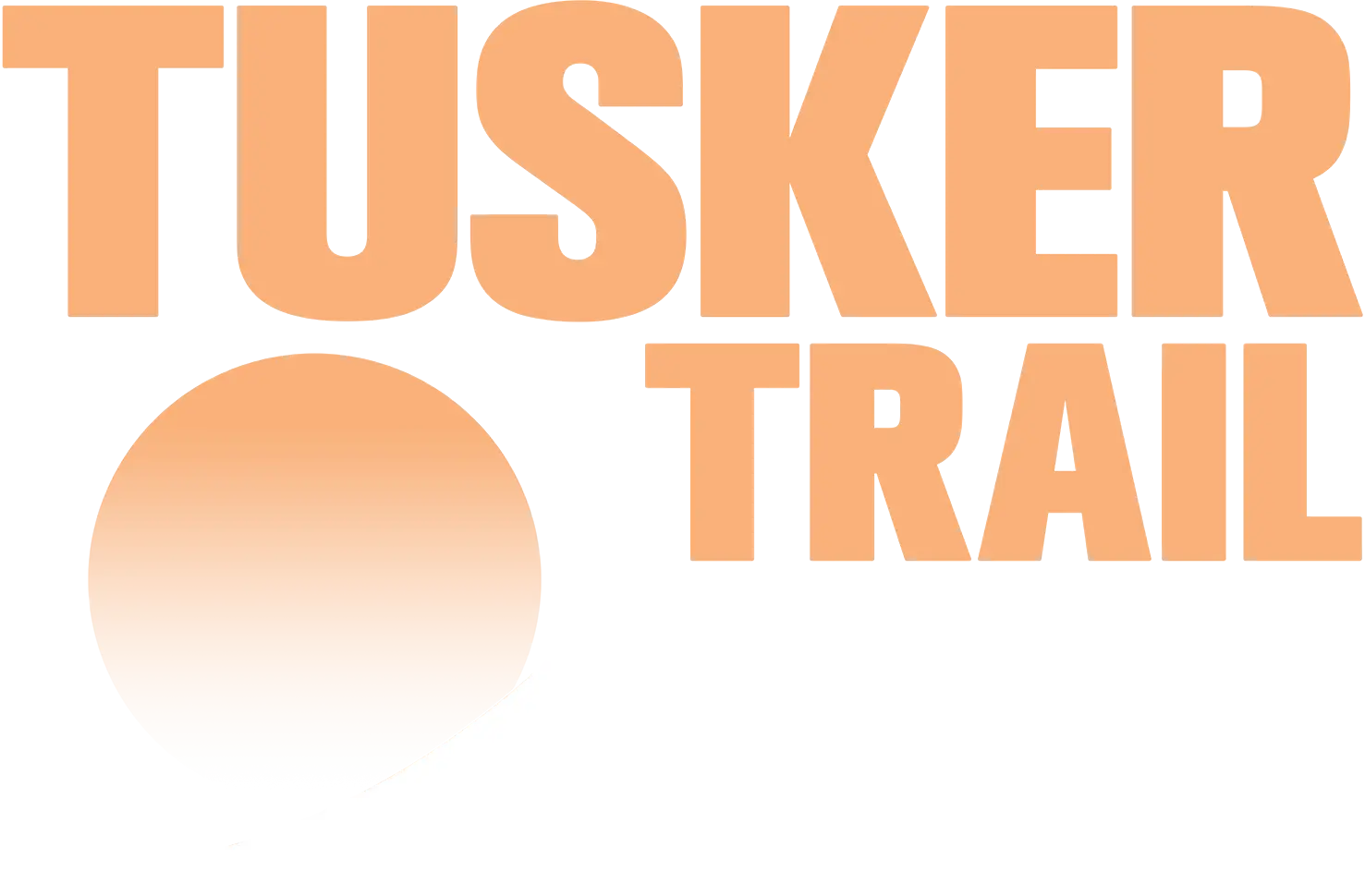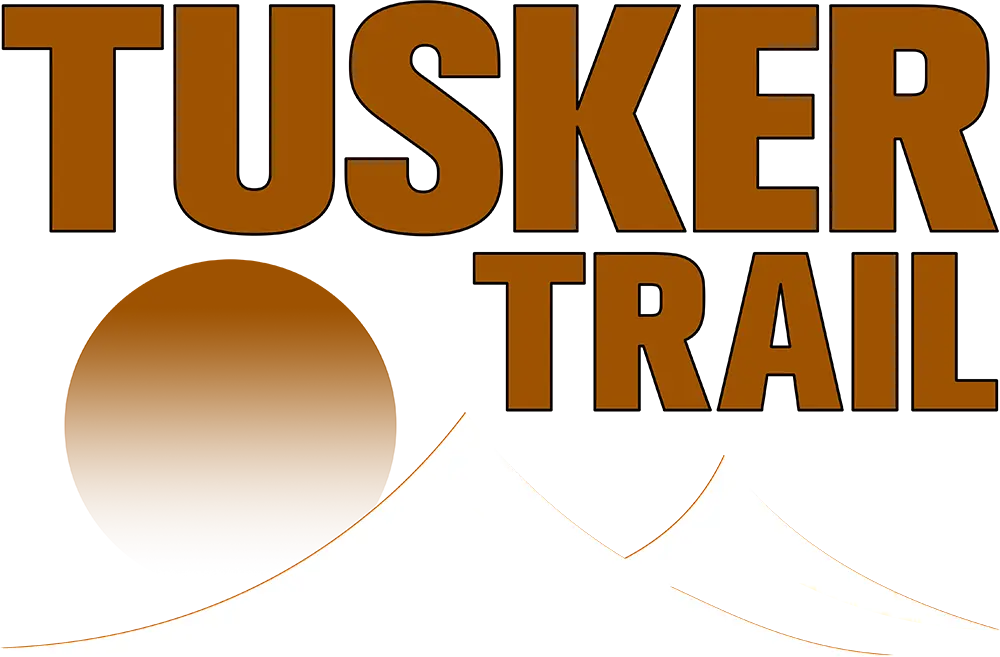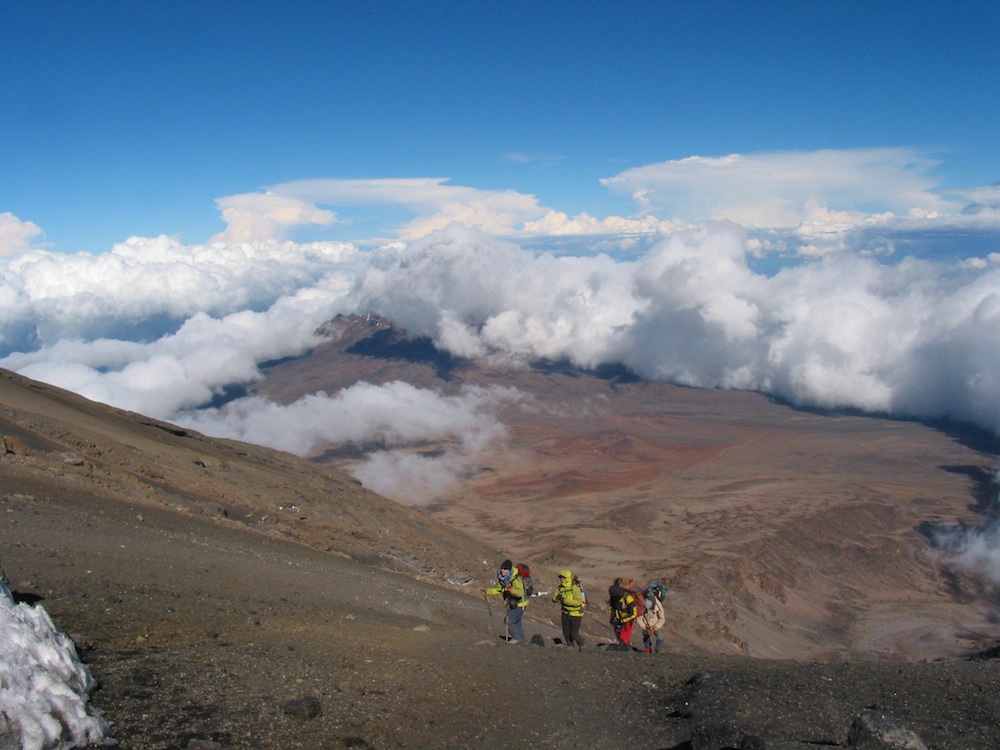Just because there is a lot of information about Kilimanjaro on the Internet, doesn’t mean it’s all accurate. Here are ten of the worst pieces of Kilimanjaro travel advice we’ve ever heard.
1. It’s a walk in the park
Anyone who has climbed Kilimanjaro knows it’s far from a walk in the park. While not a technical climb, summiting Kilimanjaro requires stamina and often oxygen supplied by your support team. The summit rate is about 66 percent, as high altitude medical problems force many to turn back. Climbers do die on Kilimanjaro. A 19,341-foot peak with arctic conditions at the summit is hardly a walk in the park.
2. All companies are the same, hire the cheapest
You get what you pay for and the cheapest Kilimanjaro companies often come with bad equipment, basic food, and lowly paid guides with no medical skills. Your chance of summiting safely with the cheapest outfits on the mountain are dramatically lower.
3. You can live on energy bars
Energy bars get you to Uhuru Peak if you’re Reinhold Meissner, but your average trekker requires a rich diet balanced between carbs and protein to have any shot of making the top. Food is your fuel and you will need a full tank to summit.
4. Leave the full tip with the guide
In many cases, guides don’t distribute tips fairly to the rest of the crew and pocket the lion’s share. That’s not fair to the porters and cooks who do much of the work to enable you to summit.
5. It’s easier to climb the Marangu “Coca Cola” Route
Coke may be the real thing, but the Marangu route is not the easiest and far from the best. It is the least scenic of the seven routes but is the oldest with indoor dorm sleeping accommodations. Most companies do it in five days and don’t allow for proper acclimatization, thus it has the lowest summit rate of the routes despite its more gradual slope.
6. Emergencies never happen
If you believe it’s a walk in the park, you assume emergencies never happen. Broken legs, altitude sickness, HAPE and HACE, and other major mishaps are common and require emergency evacuations.
7. You can evacuate yourself
This is a suicidal notion. If something goes terribly wrong, you need professional help. Tusker’s medically trained guides evacuate 99% of our evacuations, but for the occasional helicopter emergency, Tusker partners with Ripcord.
8. If I get injured I’ll call a helicopter
Before you climb you should have a policy with a specialist mountain evacuation firm, such as Ripcord. That insurance is a lot better than trying to call park officials who don’t have sufficient equipment and manpower to save your skin. If you don’t have evacuation insurance, a helicopter evac can cost you as much as $17,000.
9. Bring your drone
Terrible idea on many levels. Tanzania banned drones from all of its national parks in late 2014 fearing they would be used to track elephants by poachers. If you have a drone on Kilimanjaro, it will likely be confiscated.
10. Do it on your own, save a bundle
Tanzania banned unsupported treks in 1991 so you need to hire a registered/licensed guide. There are over 150 companies offering the service, but quality varies as wildly as does price. Learn why here.



